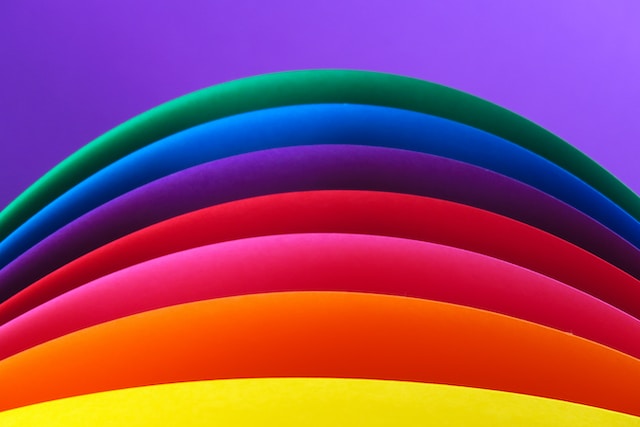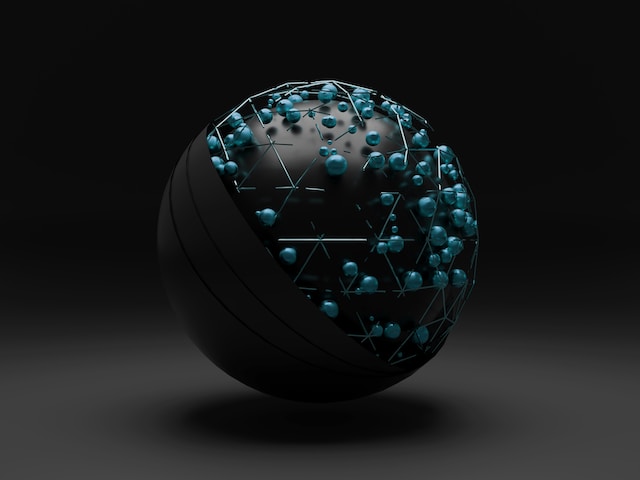Graphics are the backbone of our digital age, from the dazzling animations in video games to the clean lines of a website’s layout. But have you ever wondered how these mesmerizing visual creations come to life? In this journey of discovery, we’ll unveil the inner workings of graphics and explore the creative subheadings that demystify this blend of art and science.
Pixels and Resolution: Building Blocks of Graphics
At the core of graphics are pixels, the tiny squares that form the mosaic of every image. Resolution refers to the number of pixels per inch (PPI) or dots per inch (DPI). Higher resolution equates to sharper, more detailed images. Understanding pixel density is essential when creating graphics for various mediums, from screens to print.
Color Spaces: The Language of Hues
Graphics work in the realm of colour spaces, systems that define how colours are represented digitally. RGB (Red, Green, Blue) and CMYK (Cyan, Magenta, Yellow, Key/Black) are the most common colour spaces. RGB is used for digital displays, while CMYK is for print. The manipulation of colours in these spaces allows graphic designers to craft visually appealing compositions.

Vector Graphics: Mathematical Magic
Vector graphics, unlike raster graphics, use mathematical equations to describe shapes and lines. This mathematical precision enables vector graphics to maintain clarity and sharpness regardless of size. This makes them ideal for logos, icons, and illustrations where scalability is crucial.
Raster Graphics: Pixel Artistry
Raster graphics, on the other hand, are composed of pixels arranged in a grid. These graphics excel at capturing intricate details and are commonly used for photographs and complex images. However, resizing raster images can lead to pixelation, as the software tries to fill in the gaps between pixels.
Graphic File Formats: Containers of Visual Data
Graphics are stored in various file formats, each with its unique characteristics. JPEG is widely used for photographs due to its compression capabilities, while PNG preserves transparency and is ideal for web graphics. TIFF is a lossless format favoured for print, and GIFs are known for their ability to create simple animations.
Graphic Software: The Artist’s Toolkit
Graphic designers rely on specialized software to create and manipulate visual elements. Adobe Photoshop and Illustrator are industry standards for raster and vector graphics, respectively. Other software like CorelDRAW, GIMP, and Inkscape offer alternatives for different budgets and needs.
Layers and Transparency: Building Complexity
Graphics often comprise multiple layers, each containing different elements. This layering system allows for easy organization and editing. Transparency within layers enables the blending of elements, creating visually complex compositions. Layer management is a fundamental skill for graphic designers.
Image Editing: Refining the Visual Narrative
Image editing involves adjusting various attributes of a graphic to enhance its visual impact. This can include colour correction, cropping, resizing, and applying filters or effects. Image editing software provides tools and functions to fine-tune graphics to perfection.
3D Graphics: Adding Depth to the Visual World
Three-dimensional graphics add depth to the visual experience. These graphics are created using 3D modelling software, where objects are constructed in a three-dimensional space. They are commonly used in video games, architectural visualization, and animation, providing a lifelike quality to virtual environments.

Rendering: Transforming 3D Models into 2D Images
In 3D graphics, rendering is the process of converting 3D models into 2D images or animations. This involves simulating how light interacts with objects, materials, and the camera. Advanced rendering techniques like ray tracing produce photorealistic images by tracing the path of light rays.
Animation: Breathing Life into Graphics
Animation brings graphics to life by adding motion and interactivity. Animators use keyframes to define the start and end points of an animation sequence. Animation software, such as Adobe After Effects and Blender, allows for the creation of captivating visuals, from simple GIFs to intricate cinematic sequences.
Responsive Design: Graphics in the Digital Ecosystem
Graphics must adapt to various screen sizes and orientations in today’s digital landscape. Responsive design ensures that graphics and layouts are optimized for different devices, from smartphones to desktop computers. CSS (Cascading Style Sheets) and media queries are common tools for achieving responsiveness.
Printing: Bringing Digital to Physical
For graphics intended for print, the digital design must be translated into a format suitable for physical reproduction. This involves considerations such as colour management, resolution, and selecting the appropriate printing method, whether it’s offset digital, or large-format printing.
Conclusion: The Artistry of Pixels and Algorithms
Graphics are a mesmerizing fusion of artistry and technology, where pixels and mathematical equations come together to tell visual stories. From the mesmerizing beauty of a 3D-rendered landscape to the captivating simplicity of an animated GIF, graphics enrich our digital experiences and the way we communicate. Understanding how graphics work unveils the craftsmanship behind the visual magic and empowers us to create, appreciate, and navigate the visually dynamic world that surrounds us.

